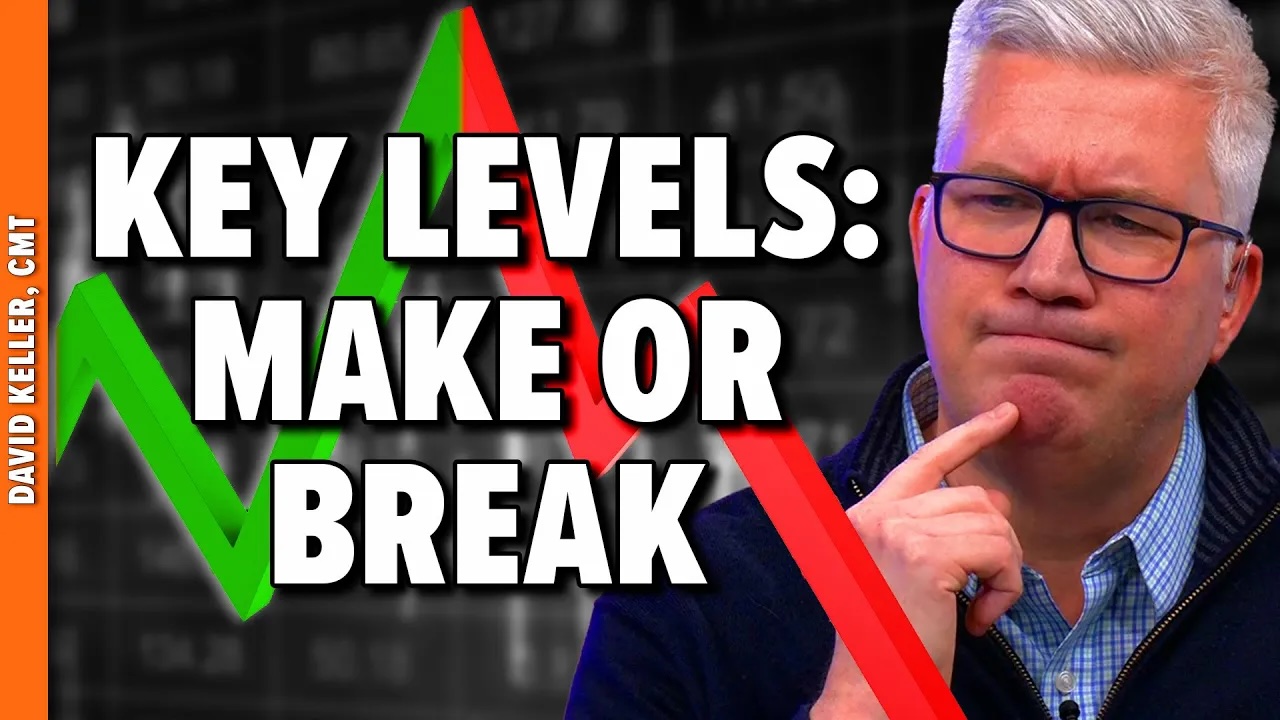
A driver who goes with the flow of traffic and adjusts to traffic conditions usually gets places in good time and safely. Similarly, a good trader who trades in sync with price action is likelier to make better trades and preserve more capital.
The key: Recognize price movement and take advantage of the move. When you see a clear move in one group of stocks, identify the top performers and make your way into that lane. When the momentum slows, you may want to exit your position and join the next moving group. But that doesn't mean you should constantly move in and out of stocks; it pays to be patient and ensure the odds are in your favor before bailing or jumping in.
Identifying the Movers and Shakers
There are different ways to identify groups of stocks that are moving. Technical analysts can choose to identify trends, turning points, and/or investor sentiment using the appropriate indicators. In addition to focusing on a handful of indicators, it may also help to keep an eye on volume.
In his book Technical Analysis Explained, Martin Pring states that volume often moves ahead of price. So an increase or decrease in volume could be an advance warning of a potential price trend reversal. If you think about it, volume gives you an idea of whether traders are bullish or bearish. If price moves up on strong volume, it's generally an indication of bullish momentum. And when the volume starts falling, it could be a signal that the upward price movement is slowing down.
Combining volume with price movement can help identify developing trends and the end of a trend. Open up a long-term chart of your favorite stock and see how volume and trend move. The chart below looks at recent price movement in Microsoft (MSFT)'s stock price. Note the exponential rise in volume when price hit a high in the short-term move. After that, volume fell as the stock price traded sideways. If volume expands when price starts moving in a clear direction, it could indicate the strength of the next move.

CHART 1: VOLUME AND PRICE ACTION. Volume and price expand until it spikes at a short-term high. After that, volume drops as price moves sideways. Think of volume as a barometer for the next price move.Chart source: StockCharts.com. For illustrative purposes only.
You can do a similar volume and price analysis with different stocks by going back further in time. Better yet, analyze volume action in different groups of stocks, such as the S&P Sector ETFs. The CandleGlance tool on the StockCharts platform gives you a bird's eye view of the different sectors.
How to Access It
- From the Member Tools on Your Dashboard or from the Charts & Tools tab.
- Select S&P Sector ETFs from the Predefined Groups dropdown menu. You'll see charts of all 11 ETFs and a chart of the S&P 500 index ($SPX).
- Select chart duration and indicator. There are different volume indicators you could use, such as Rate of Change (ROC), On-Balance Volume (OBV), Accumulation/Distribution, the Force Index, and so on. In the chart below, the OBV is added with an overlay of its 20-day simple moving average.
You can customize your CandleGlance charts and save it as a ChartStyle. That way your settings will automatically appear on the CandleGlance charts—major timesaver.
The recent regional bank crisis is an example of how investors started pulling out of the banking sector and moving their capital to other sectors. If you add a volume indicator such as OBV to the charts, some interesting observations surface.

CHART 2: CHARTS AT A GLANCE. The CandleGlance chart of the S&P Sector ETFs with a volume indicator of your choice (OBV was used here) helps to see where the rotation occurs.Chart source: StockCharts.com. For illustrative purposes only.
The OBV suggests that money is moving into the market, but only in some sectors. "The inflows are more concentrated on the large caps and specific sectors, and not the broad market," said Buff Dormeier, CMT, chief technical analyst at Kingsview Partners.
What's more interesting is how much money was flowing into the market. "In the week of March 13, the S&P 500's capital inflows were $90 billion, the highest inflows in nearly 10 years," added Dormeier. "Capital outflows totaled $36 billion and, if you take them together, it was the largest since March 2020, which was at the onset of the pandemic."
The following week saw a similar trend. "In the week of March 20, cap-weighted inflows surpassed outflows with $30.5 billion out to $50 billion flowing in," Dormeier continued.
Where Are the Inflows and Outflows?
The CandleGlance view helps to see which sectors are experiencing the greatest outflows and which ones are experiencing significant inflows. Communication Services (XLC) and Technology (XLK) are seeing significant inflows, whereas Real Estate and Financials are seeing significant outflows.
Generally, a falling interest rate environment helps growth stocks, and money is flowing into large-cap growth stocks and out of small- and mid-caps. Does that mean investors expect the Fed to stop raising rates soon? It's possible, but let's remember the other side of the coin. When money flows out of small- and mid-caps, it could mean that the underlying economy may not be stable. These are conflicting signals which means the market is still fickle.
Trading With the Flow
We're not out of the woods yet. Even though volume in the stock market is increasing and the stock market seems like it wants to go up, it could change anytime. So, create your own CandleGlance charts so you always have a bird's eye view of the market. When you see price action speeding up in one sector and slowing down in another, change lanes so you can keep up with price movement. Don't rush, be patient, and, more important, be disciplined. It'll get you where you want to go.

Disclaimer: This blog is for educational purposes only and should not be construed as financial advice. The ideas and strategies should never be used without first assessing your own personal and financial situation, or without consulting a financial professional.
Happy charting!






